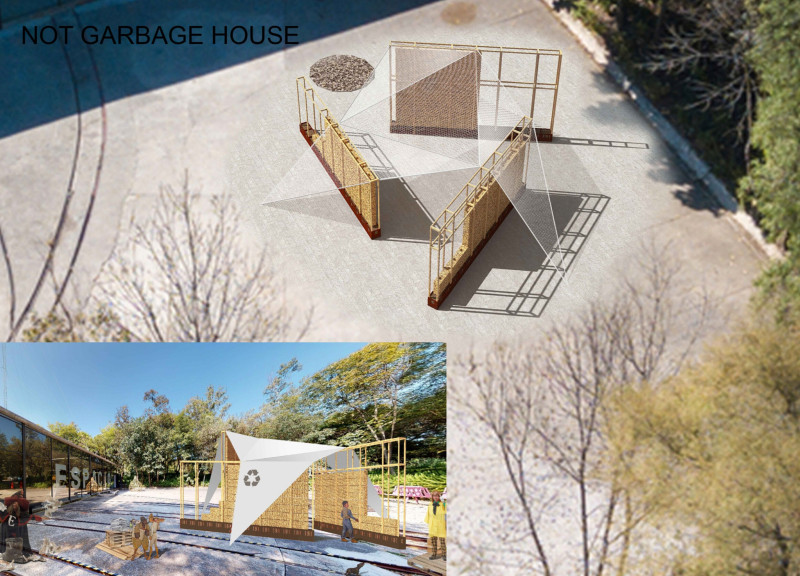5 key facts about this project
At its core, this architectural endeavor serves [insert primary function or purpose, e.g., a cultural center, residential building, etc.], addressing the specific needs and aspirations of its intended users. The design demonstrates an insightful understanding of the local environment, using its context as a guiding principle throughout the creative process. The building's orientation, materials, and overall layout reflect a commitment to sustainability, enhancing energy efficiency and optimizing natural light for both aesthetic and functional benefits.
A multitude of carefully selected materials contributes to the overall character of the project. Notable among them are reinforced concrete, which provides structural integrity; glass, allowing natural light to permeate the interior; and sustainably sourced timber, which adds warmth and a tactile quality to the design. The juxtaposition of these materials not only emphasizes an eco-conscious approach but also creates an inviting atmosphere that resonates with the community. The use of local stone accentuates the connection to the site, grounding the building in its geographical context while promoting regional craftsmanship.
Unique design approaches are evident in various elements of the architecture. The façade, characterized by its dynamic interplay of solid and void, invites curiosity and engagement. Large, strategically placed windows interact with the surroundings, enhancing the relationship between interior and exterior spaces. The careful modulation of these openings not only optimizes views but also encourages passive ventilation, thus enhancing the building's environmental performance.
Internally, the project's layout prioritizes flow and connectivity. Open-plan areas encourage social interaction, while designated spaces allow for privacy when needed. Different zones--such as collaboration spaces, quiet rooms, and communal dining areas--are designed with flexibility in mind, adaptable to the changing needs of the occupants. This thoughtful arrangement fosters a sense of belonging and promotes collaboration among diverse user groups, making the architectural design both practical and responsive.
Landscaping plays an integral role in the overall design strategy, with outdoor areas designed for both leisure and utility. Green roofs and walls not only contribute to the building's aesthetic appeal but also support biodiversity and insulation. Landscaping elements, including native plant species, seamlessly integrate with the architecture, reinforcing a harmonious connection to the environment.
As an architectural project, this design stands out due to its balance of innovation and practicality, creating a space that adapts to the evolving needs of its community. The careful consideration of materials, layout, and environmental context results in a structure that is not only visually engaging but also functional and sustainable.
For those interested in exploring architectural plans, sections, and designs that articulate these ideas further, reviewing additional project presentations will provide deeper insights into the unique features and thoughtful considerations that define this architectural endeavor. Engaging with the detailed representations will enhance understanding of the project's vision and implementation, offering a comprehensive overview of its contributions to contemporary architecture.


 Carlos Barba
Carlos Barba 























